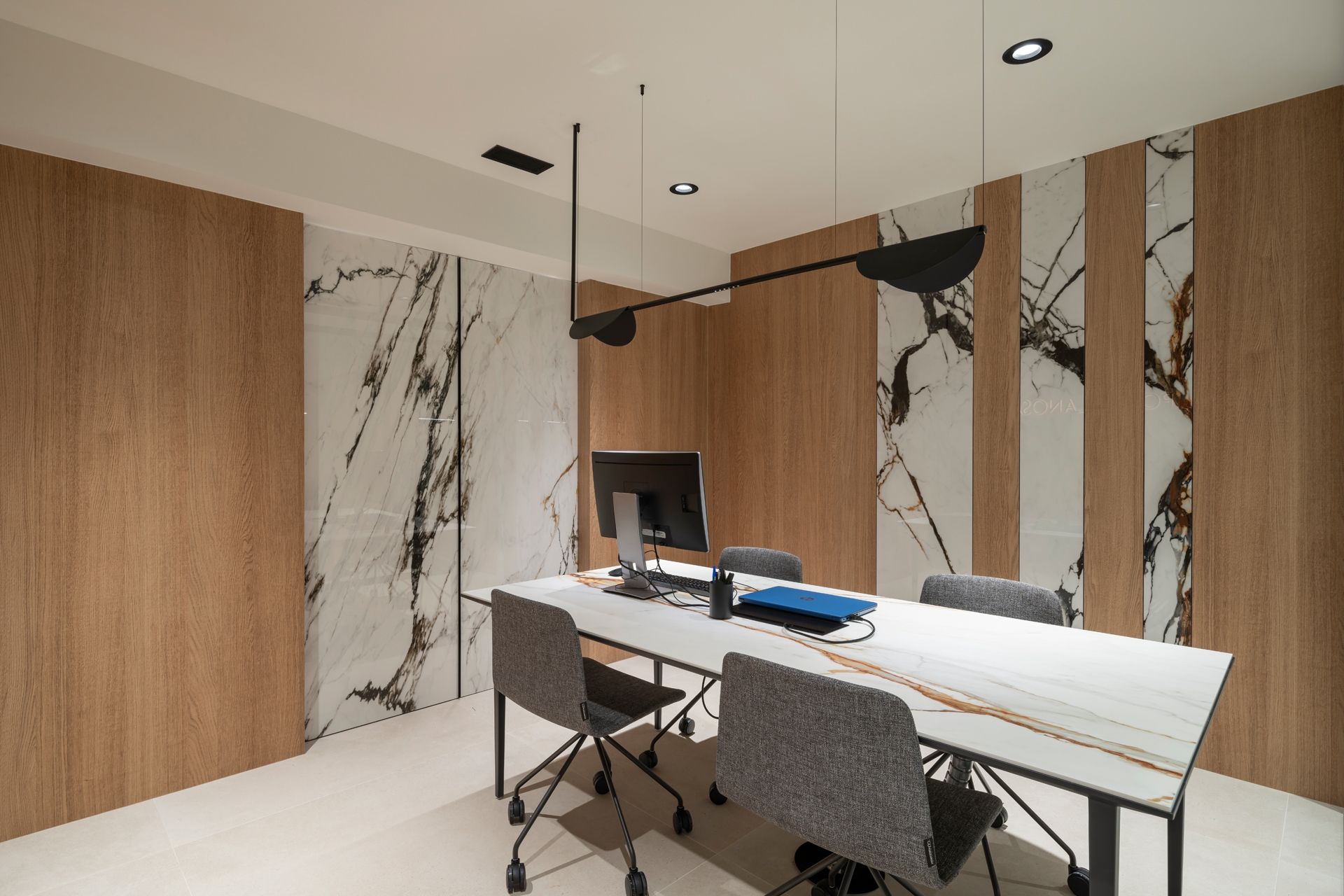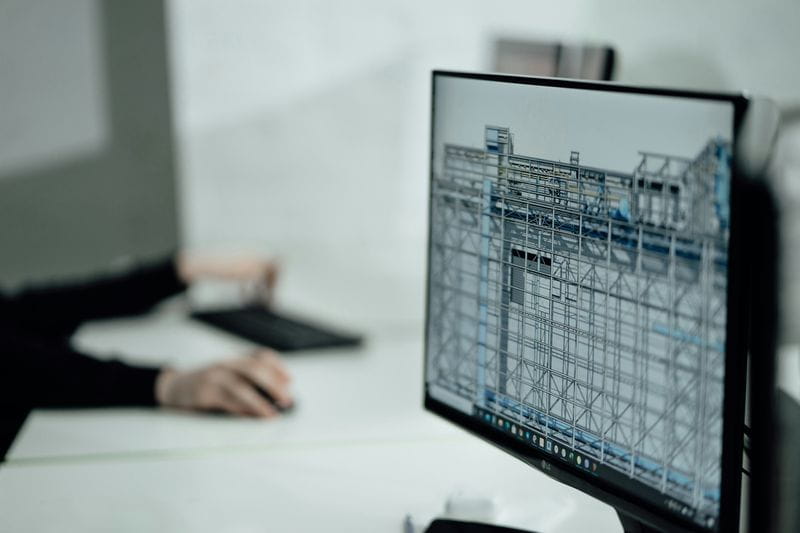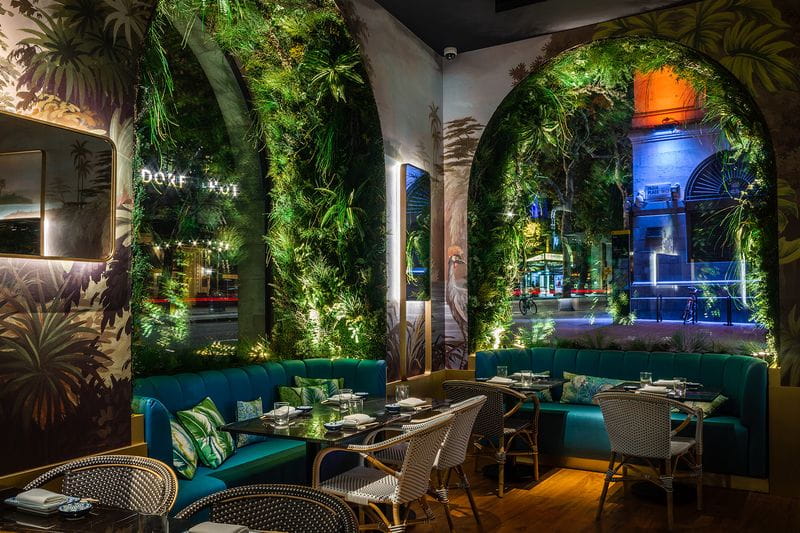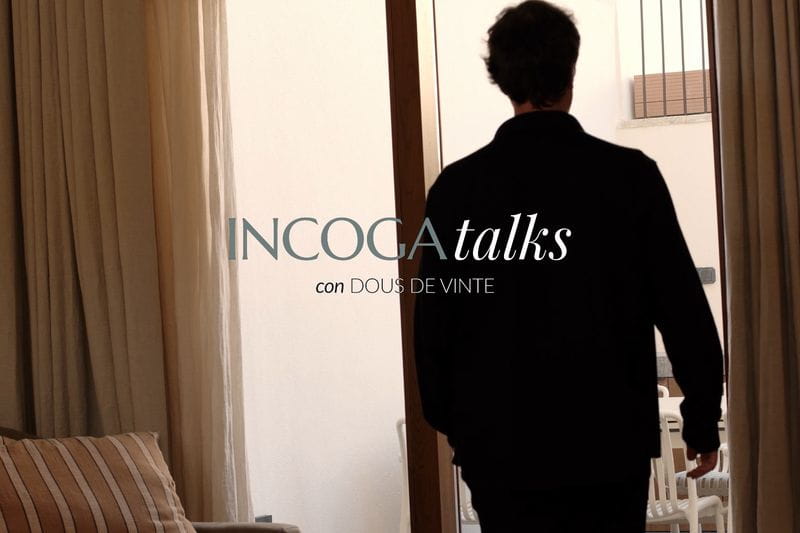
Over the last decade, office design has evolved from being purely an aesthetic consideration to becoming a strategic tool within corporate architecture.
Today, offices are not just places to work: they are living ecosystems of productivity, wellbeing and creativity, capable of reflecting the culture and values of each organisation.
Office design trends are based on three fundamental pillars: technology, sustainability and neuroarchitecture, a discipline that combines science and design to improve people's experience in the workplace.
From functional space to emotional space
Neuroarchitecture applied to office design studies how the physical environment influences the human mind and behaviour. Elements such as natural light, proportions, colours and acoustics have a direct impact on workers' concentration, motivation and mental health.
Key principles:
· Circadian lighting: respects biological rhythms, balancing productivity and rest.
· Biophilic colours: green, beige and blue palettes that evoke nature and reduce stress.
· Intelligent acoustic design: integrated sound-absorbing panels that minimise noise without sacrificing aesthetics.
The result is emotionally intelligent offices, where every architectural decision has a cognitive and sensory purpose, enhancing well-being and performance.

Prosaga warehouse and head office in A Coruña
Flexibility and modularity: the new DNA of office design
The traditional office has evolved into versatile and adaptive environments capable of responding to the changing needs of hybrid working.
Companies are looking for flexible spaces that foster collaboration, creativity and operational agility.
Key trends:
· Modular and mobile furniture, allowing spaces to be easily reconfigured.
· Multipurpose areas that can be transformed into meeting rooms, workshops or event venues.
· Integrated technological infrastructure, with IoT systems, smart climate control and interactive screens.
In addition, prefabrication and dry construction are gaining prominence due to their speed, sustainability and efficiency in office renovations.

Hi Coruña - Human Intelligence Hub
Sustainability and healthy materials
Sustainability has gone from being a trend to an essential criterion in corporate design.
Sustainable office design combines recyclable materials, energy efficiency and environmental well-being to reduce carbon footprints and improve quality of life.
Best practices:
· Natural finishes (FSC wood, stone, eco-friendly ceramics) that provide visual and thermal comfort.
· Passive ventilation and solar control systems that optimise energy consumption.
· Biophilic design, which integrates natural or naturalised vegetation to purify the air and increase productivity.

Comprehensive refurbishment of corporate offices in A Coruña
Technology and data at the service of design
Smart office design integrates data, sensors and automation to offer more efficient and personalised spaces.
Intelligent systems allow lighting, temperature and occupancy to be adjusted in real time, improving the user experience.
One of the most significant innovations is the use of digital twins, which allow the behaviour of the building to be simulated before construction and the project to be optimised from the initial phase.
Sensormatic Centre of Excellence and Offices in Porcelanosa Showroom
Corporate wellbeing as a central focus
Corporate wellbeing has become central to office design. New generations value environments that promote physical and emotional health, boosting creativity and a sense of belonging.
Examples of this trend:
· Natural ventilation and CO2 control to improve air quality.
· Internal movement routes, which encourage interaction and daily exercise.
· Active rest areas.

Comprehensive refurbishment of offices in the centre of A Coruña
Neuroarchitecture supports this vision: an intentionally designed environment can reduce fatigue, improve concentration and strengthen connections between teams.
The office design of the future goes far beyond creating attractive offices: it seeks to build environments that think for and about people. Offices that improve the lives of those who inhabit them and strengthen the culture of tomorrow's organisations.






